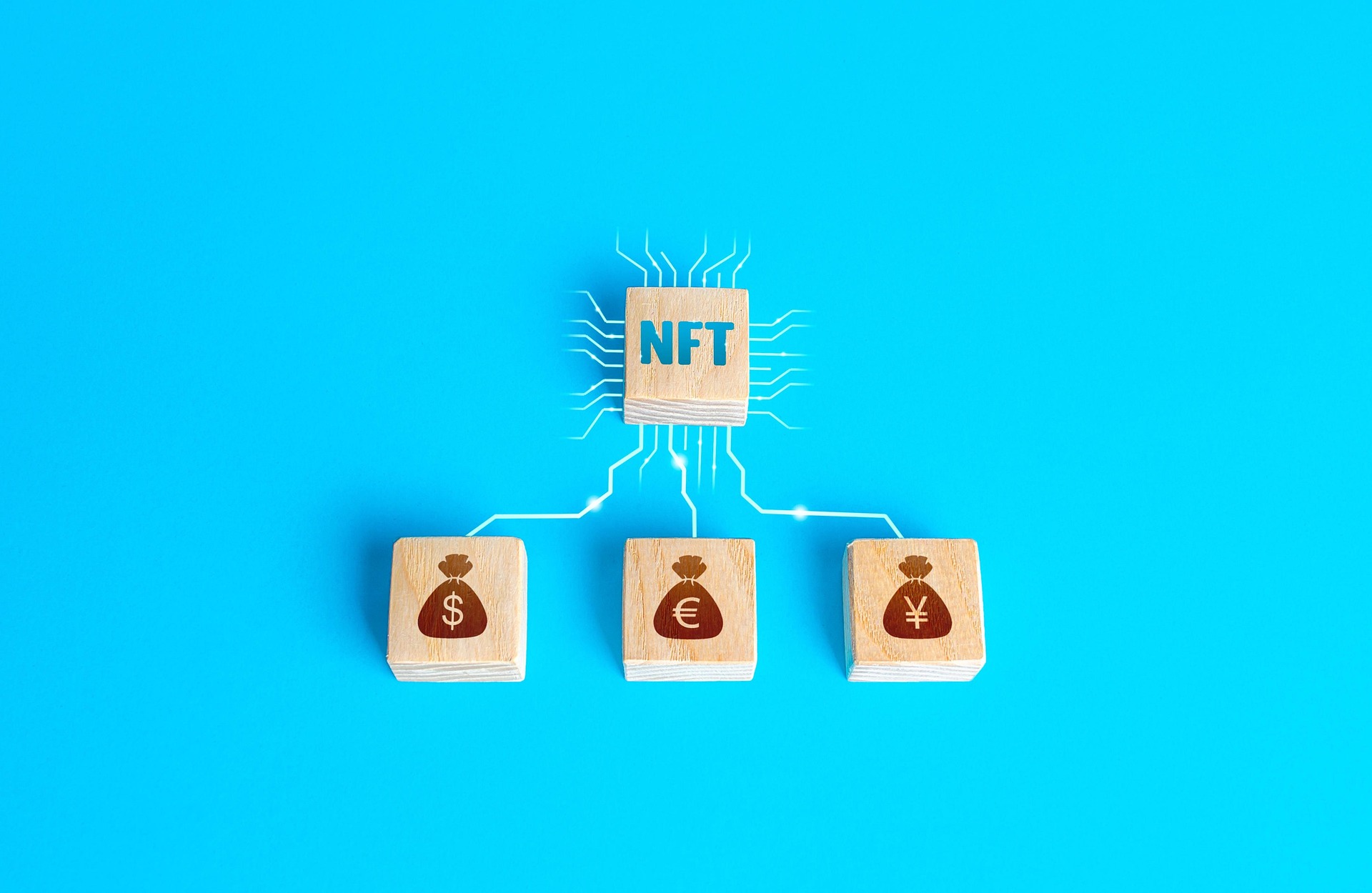"The Dawn of Holographic Computing: Shaping the Future of Interaction"
In a world dominated by touch screens and voice commands, the next big leap in user interface technology is likely to be holographic computing. This innovative technology is set to redefine our interaction with digital content, offering a whole new level of immersion and interactivity.

A Glimpse into the Past: The Emergence of Holographic Computing
The concept of holographic computing can be traced back to the 1960s when science fiction writers and filmmakers started envisioning a future where people could interact with holographic images. Fast forward to the 21st century, and major tech giants have initiated the early steps towards turning this science fiction concept into reality.
Microsoft, for instance, introduced the HoloLens in 2015, a pair of mixed reality smart glasses that overlays holographic images onto the real world. Similarly, companies like Magic Leap have also ventured into the realm of holographic computing, offering a glimpse of what the future of user interaction might look like.
The Present Scenario: Holographic Computing in the Modern World
Today, holographic computing is making its way out of the labs and into the real world. The technology is being adopted in various sectors, including healthcare, education, entertainment, and even the military.
In the healthcare sector, holographic computing can provide a more comprehensive visualization of complex anatomical structures, aiding in surgical planning and medical education. In the entertainment industry, it can create more immersive and interactive gaming and movie experiences.
The Future Impact: Shaping the User Experience
Holographic computing is expected to revolutionize the way we interact with the digital world. Imagine being able to manipulate digital content with your hands, just as Tony Stark does in the Iron Man movies. This could potentially redefine industries like design, architecture, and engineering, where the ability to interact with 3D models in real space could dramatically enhance productivity and creativity.
Estimating the Market Impact and Price Range
Given the substantial benefits of holographic computing, it’s no surprise that the market potential is massive. According to Global Market Insights, the holographic imaging market is expected to exceed $3 billion by 2025.
However, as with any cutting-edge technology, the initial price point might be on the higher side. For instance, the Microsoft HoloLens 2 currently retails for around $3500. Over time, as the technology matures and becomes more mainstream, the price is expected to come down, making it accessible to a wider audience.
The Dawn of a New Era in Computing
In conclusion, holographic computing is poised to be the next big leap in user interface technology, offering a whole new level of immersion and interactivity. While the technology is still in its nascent stages, the future looks promising, with tech giants investing heavily in research and development. As we step into a new decade, we might just be witnessing the dawn of a new era in computing.





